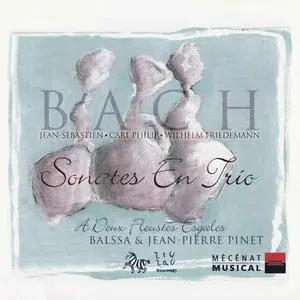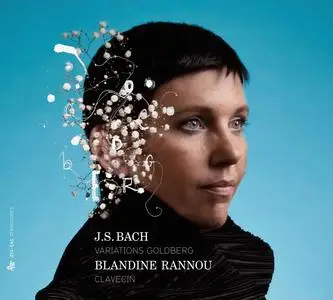Blandine Rannou - François Couperin: Pièces pour Clavecin (2004)
EAC | FLAC | Image (Cue & Log) ~ 921 Mb | Total time: 78:33+76:07 | Scans included
Classical | Label: Zig-Zag Territoires | ZZT 040401 | Recorded: 2003
EAC | FLAC | Image (Cue & Log) ~ 921 Mb | Total time: 78:33+76:07 | Scans included
Classical | Label: Zig-Zag Territoires | ZZT 040401 | Recorded: 2003
In her complete recording of the solo and accompanied harpsichord pieces of Jean-Philippe Rameau, Blandine Rannou invited us to ‘change dimensions, accept – decide – that a silence between two notes, a slight time-lag between two voices . . . can be genuine events, striking, powerful, raucous, overwhelming or sensual’.




![Blandine Rannou - Jean-Philippe Rameau: Pièces de clavecin seul et en concerts [4CDs] (2001)](https://pixhost.icu/avaxhome/37/c2/009ec237_medium.jpg)